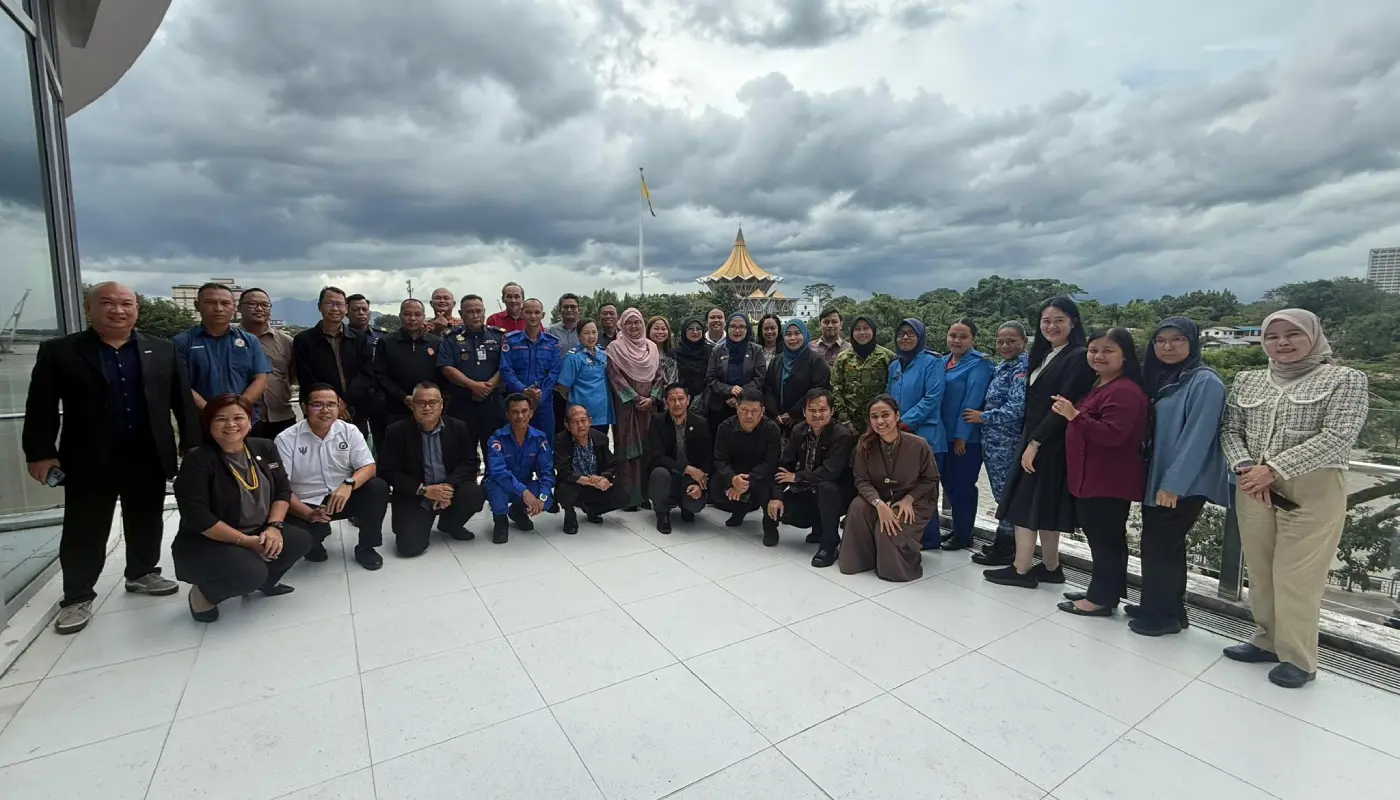KOTA SAMARAHAN – Authorities in the Samarahan Division are taking proactive measures to strengthen disaster risk management through the implementation of a detailed profiling session and a pre-data application for the 2025/2026 period. This initiative aims to improve coordination and response capabilities across the region, ensuring a more resilient approach to potential emergencies.
The programme, which included technical briefings and collaborative workshops, focused on updating critical disaster-related information. Hasanal Abdul Wahid, the Resident Representative for the Samarahan Division, emphasised the importance of shifting from reactive to pre-emptive strategies in disaster management. He highlighted that accurate, current data is fundamental to protecting communities effectively.
“Disaster management today can no longer be reactive,” Hasanal stated during his opening address. “We need to prepare earlier through complete pre-disaster data so that all agencies can move simultaneously and be responsive in protecting the lives and property of the people.”
Key areas of review during the session included identifying high-risk locations, estimating the number of residents potentially affected, mapping essential public facilities, and designating evacuation routes and temporary evacuation centres (PPS). This comprehensive data collection is intended to streamline emergency operations and resource allocation.
Participants engaged in group discussions to refine action plans and enhance communication networks between security agencies, technical departments, and local authorities. These exercises were designed to foster a unified response mechanism, ensuring that all stakeholders can act cohesively during crises.
The event was organised by the Samarahan Division Disaster Management Committee, which brought together representatives from various government bodies and technical departments. Attendees included disaster management officials from districts such as Sebuyau, Asajaya, Simunjan, Gedong, and Kota Samarahan, ensuring a region-wide perspective in developing strategies.
This data-driven approach underscores a broader commitment to building community resilience against natural hazards and other emergencies. By prioritising early preparation and inter-agency collaboration, the division aims to minimise the impact of disasters on both lives and infrastructure, aligning with regional safety objectives.

